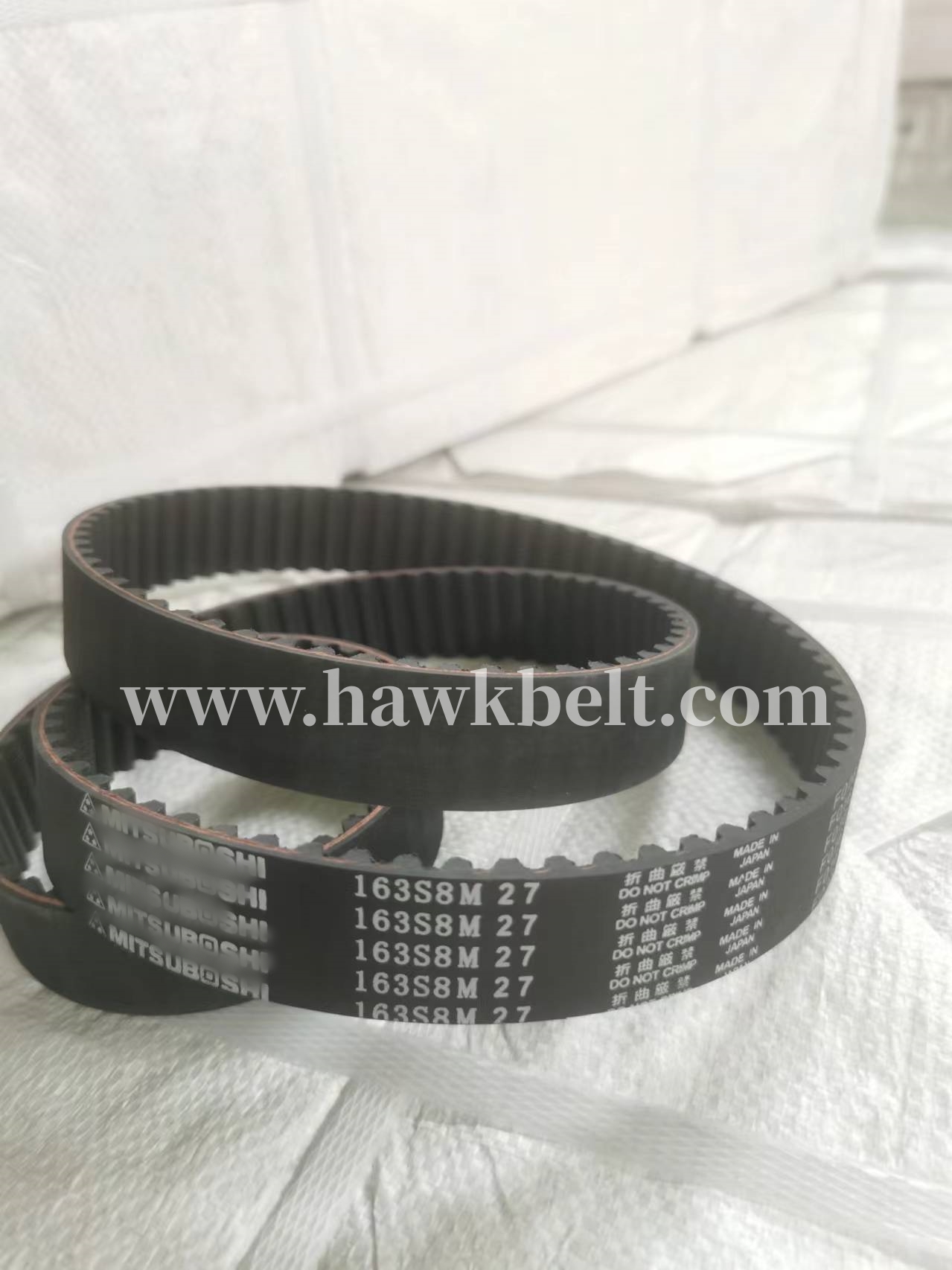- Arabic
- French
- Russian
- Spanish
- Portuguese
- Turkish
- Armenian
- English
- Albanian
- Amharic
- Azerbaijani
- Basque
- Belarusian
- Bengali
- Bosnian
- Bulgarian
- Catalan
- Cebuano
- Corsican
- Croatian
- Czech
- Danish
- Dutch
- Afrikaans
- Esperanto
- Estonian
- Finnish
- Frisian
- Galician
- Georgian
- German
- Greek
- Gujarati
- Haitian Creole
- hausa
- hawaiian
- Hebrew
- Hindi
- Miao
- Hungarian
- Icelandic
- igbo
- Indonesian
- irish
- Italian
- Japanese
- Javanese
- Kannada
- kazakh
- Khmer
- Rwandese
- Korean
- Kurdish
- Kyrgyz
- Lao
- Latin
- Latvian
- Lithuanian
- Luxembourgish
- Macedonian
- Malgashi
- Malay
- Malayalam
- Maltese
- Maori
- Marathi
- Mongolian
- Myanmar
- Nepali
- Norwegian
- Norwegian
- Occitan
- Pashto
- Persian
- Polish
- Punjabi
- Romanian
- Samoan
- Scottish Gaelic
- Serbian
- Sesotho
- Shona
- Sindhi
- Sinhala
- Slovak
- Slovenian
- Somali
- Sundanese
- Swahili
- Swedish
- Tagalog
- Tajik
- Tamil
- Tatar
- Telugu
- Thai
- Turkmen
- Ukrainian
- Urdu
- Uighur
- Uzbek
- Vietnamese
- Welsh
- Bantu
- Yiddish
- Yoruba
- Zulu
wrz . 25, 2024 00:44 Back to list
Exploring Efficient Motion Control with Stepper Motors and Belt Systems
Understanding Stepper Motors and Their Integration with Belts
Stepper motors are a pivotal component in various applications requiring precise control of position, speed, and torque. They operate by converting electrical pulses into distinct mechanical movements, making them an essential choice for automation processes, robotics, and CNC machinery. One effective way to enhance the functionality of stepper motors is by integrating them with belts, creating a more efficient and versatile system.
The Basics of Stepper Motors
A stepper motor divides a full rotation into a series of discrete steps. This characteristic allows for accurate positioning without the need for feedback systems, making them ideal for applications like 3D printers, robotics, and automated tools. Each step corresponds to a specific angle, typically 1.8 degrees per step, allowing for 200 steps per revolution in standard stepper motors. By controlling the sequence and timing of the electrical pulses sent to the motor, users can achieve desired positions with exceptional precision.
Advantages of Using Belts
When stepper motors are paired with belts, several advantages emerge. Firstly, belts can provide a mechanical advantage by converting the rotary motion of the motor into linear movement. This is particularly beneficial in applications such as linear actuators or automated conveyor systems where precise linear displacement is required. The use of belts can also help in reducing the overall size and weight of machinery, as a compact motor can effectively drive a larger area via the belt system.
stepper motor belt

Another significant benefit of using belts with stepper motors is the ability to achieve higher speeds and smoother movements. As the motor drives the belt, the load can experience less inertia, allowing for faster accelerations and decelerations without compromising precision. This attribute is crucial in high-speed applications where time efficiency is pivotal.
Types of Belt Systems
Several types of belt systems can be paired with stepper motors, each offering unique advantages. Timing belts, for example, feature notches that fit into corresponding pulleys, ensuring precise movement and minimizing slippage. This precision is essential in applications requiring exact positioning. Conversely, flat belts can be utilized for less demanding applications where speed and distance are more critical than precision.
Moreover, the choice of belt material and construction plays a crucial role in the effectiveness and longevity of the system. High-quality materials like polyurethane or rubber are often preferred to enhance durability and minimize wear, ensuring consistent performance over time.
Conclusion
Incorporating belts with stepper motors can significantly enhance the performance and versatility of various mechanical systems. By allowing for efficient conversion of rotary motion into linear movement, belts facilitate high-speed applications while maintaining precision. As technology continues to evolve, the synergy between stepper motors and belt systems will undoubtedly play an increasingly important role in automation, robotics, and beyond. By understanding the mechanics of this combination, engineers and hobbyists alike can better design systems that meet the demands of modern applications. Whether for industrial automation or intricate robotics, the integration of stepper motors with belts is a key innovation driving precision and efficiency.
-
Korean Auto Parts Timing Belt 24312-37500 For Hyundai/Kia
NewsMar.07,2025
-
7PK2300 90916-T2024 RIBBED BELT POLY V BELT PK BELT
NewsMar.07,2025
-
Chinese Auto Belt Factory 310-2M-22 For BMW/Mercedes-Benz
NewsMar.07,2025
-
Chinese Auto Belt Factory 310-2M-22 For BMW/Mercedes-Benz
NewsMar.07,2025
-
90916-02660 PK Belt 6PK1680 For Toyota
NewsMar.07,2025
-
drive belt serpentine belt
NewsMar.07,2025

